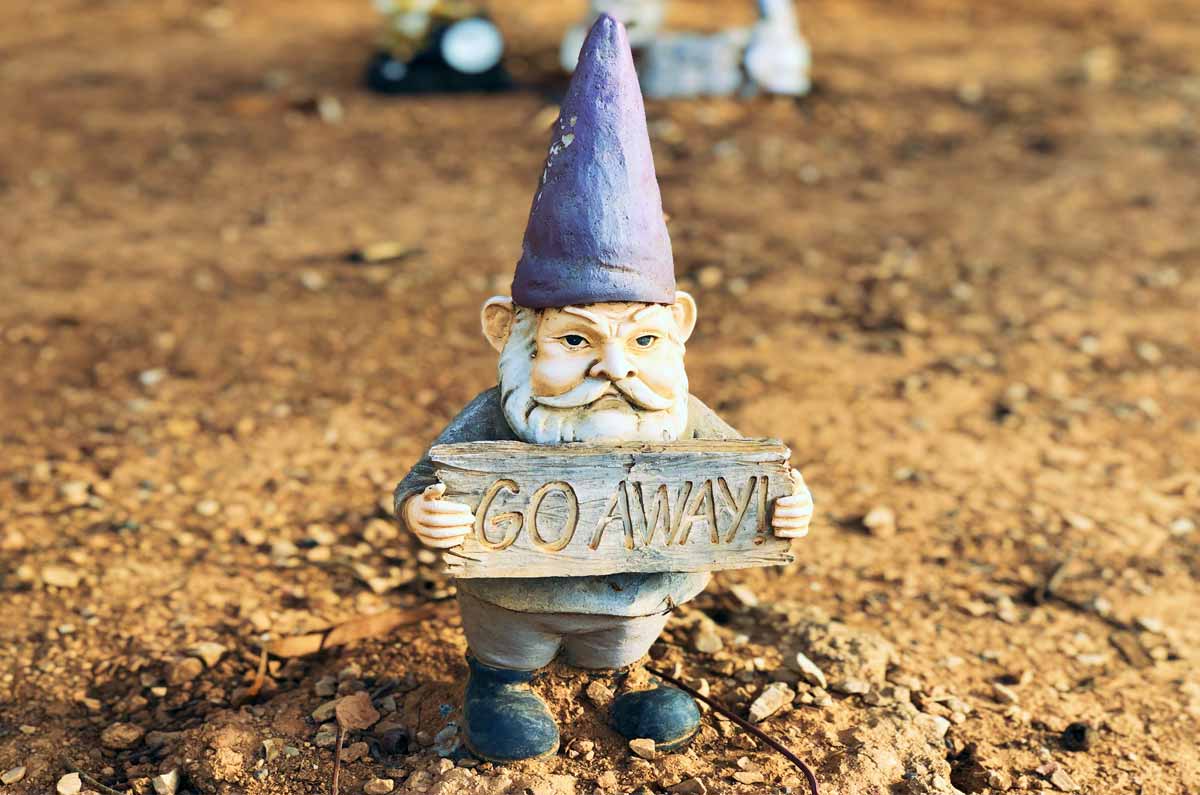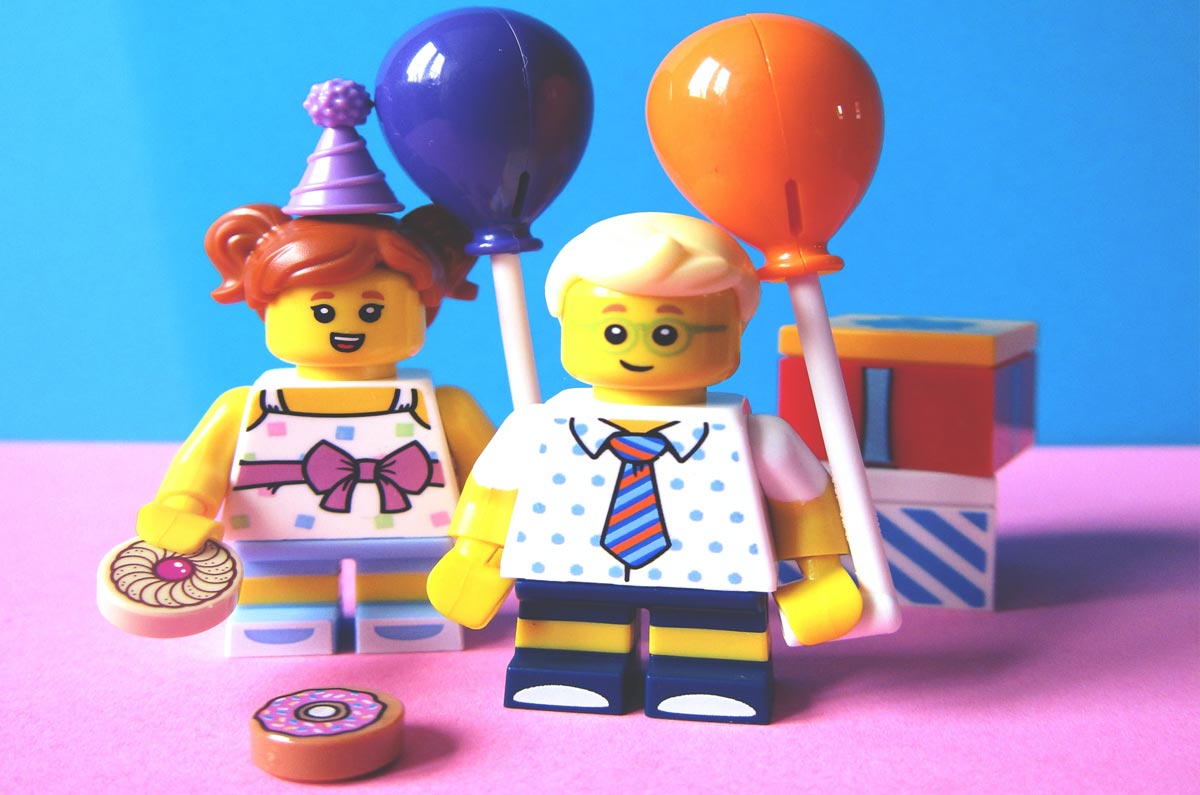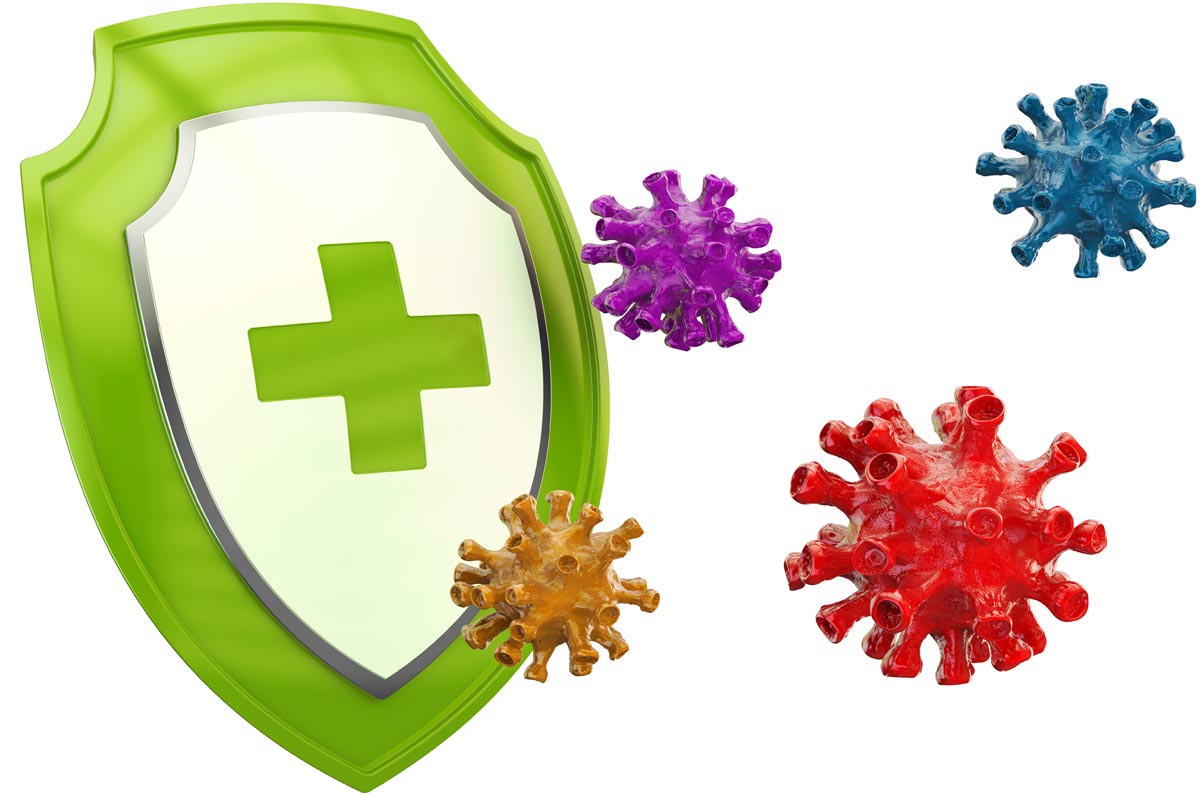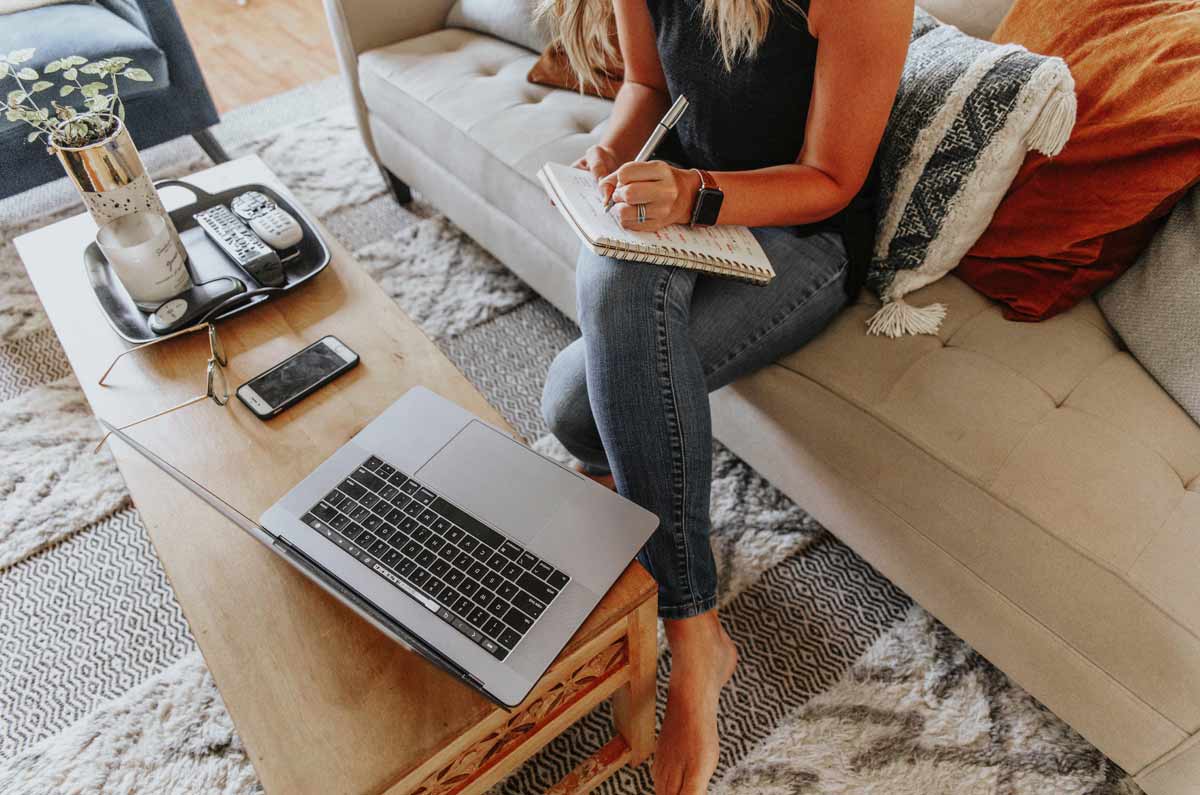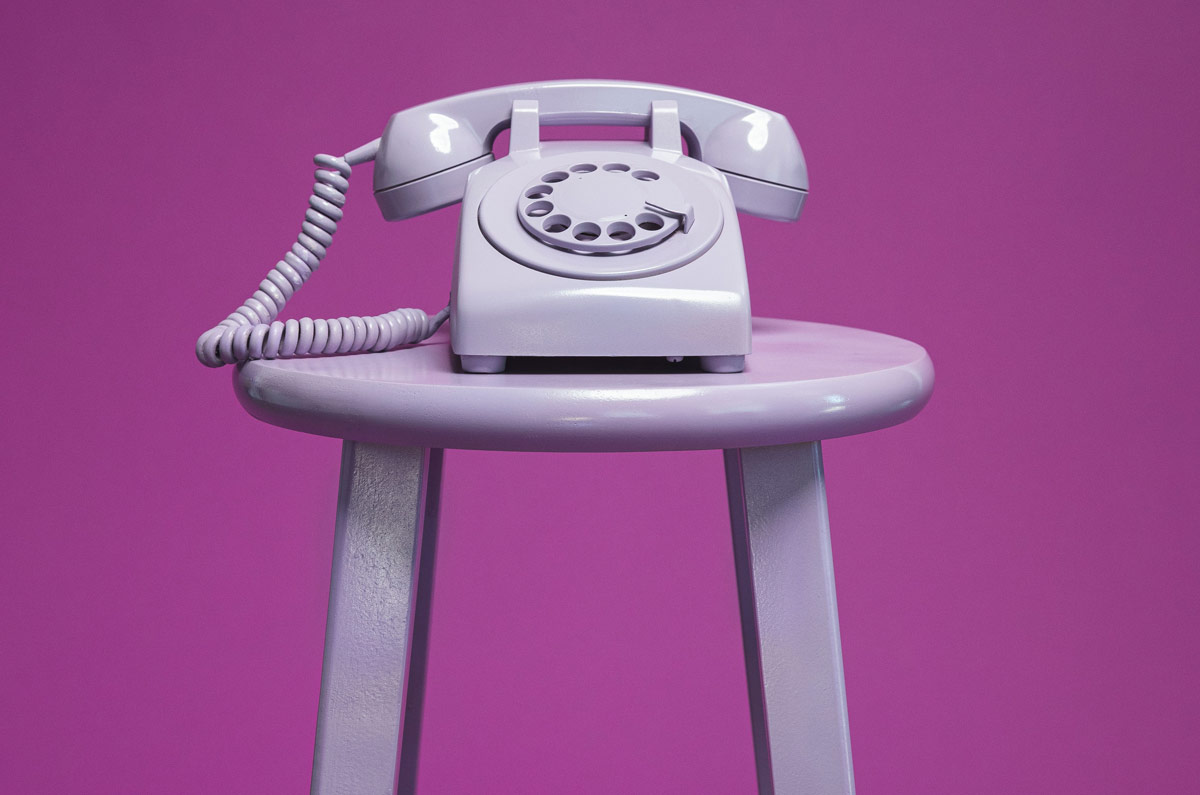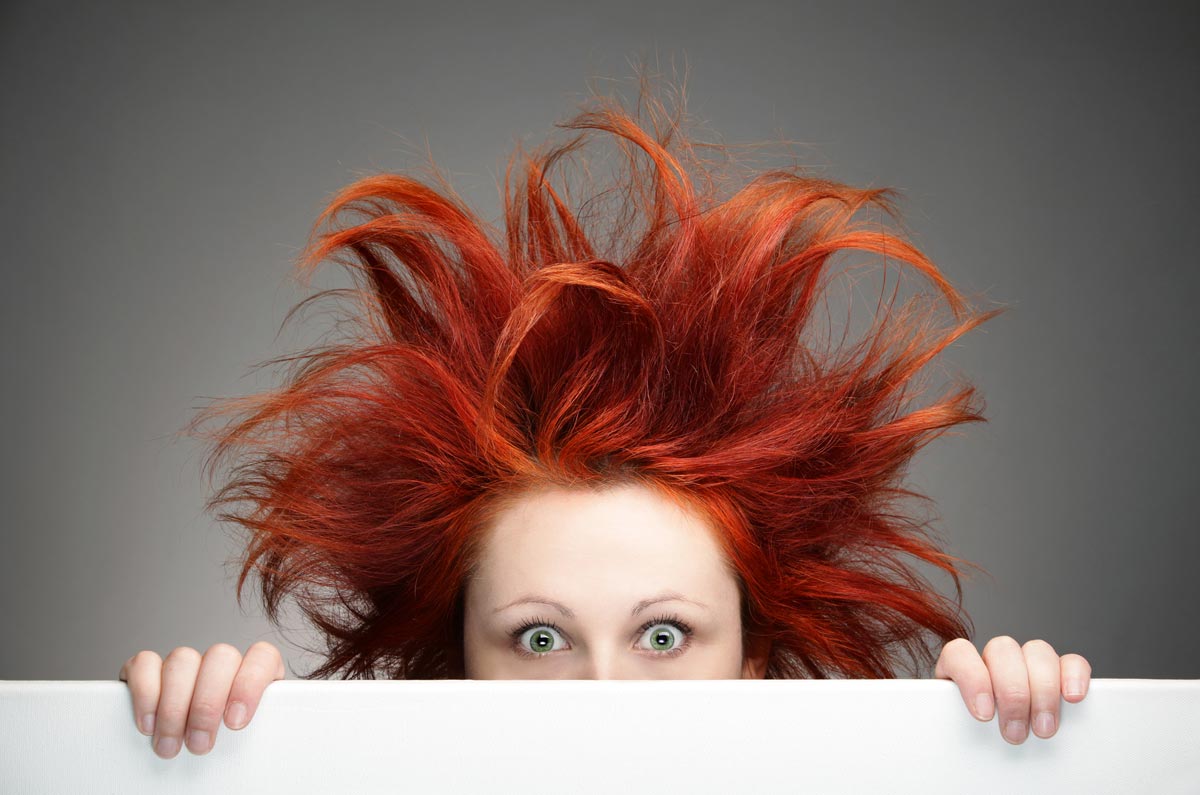With our neighbours across the ditch resuming life in an almost pre-COVID normal – abandoning physical distancing and restrictions on gatherings – it’s hard not to feel a little envious. They’ve recorded zero new cases of COVID-19 in more than two weeks. That’s longer than the incubation period of the virus, so they’re feeling pretty confident that SARS-CoV-2 (the virus that causes COVID-19) has been eliminated in New Zealand.
In Australia some of our states and territories have also recorded zero new cases in over two weeks or are getting close to this magical number. So can we expect Australia to follow in NZs footsteps and lose all restrictions any time soon? And does this mean we can get rid of this virus once and for all?
To explore this issue we need to understand some of the terminology that’s being used when we talk about getting rid of the virus – suppression, elimination and eradication. They’re sometimes used interchangeably in the media, but they’re quite different.
Suppression requires everyone in the community to physically (or socially) distance themselves. It also requires people who have COVID-19, and the people they live with, to socially isolate themselves from the community – that is, stay at home and don’t go out – until they’re COVID-free.
This is what we’ve been doing in Australia. It aims to flatten the curve so that our health system isn’t overwhelmed and we minimise the spread of the SARS-CoV-2 until a vaccine is developed.
On the 12 June 2020, a media statement from the PMs office stated that “National Cabinet recommitted to a strategy of suppression of COVID-19”. (1) This means that we’ll be continuing as we have up until now – testing and tracing, controlling outbreaks as they occur and slowly easing restrictions as active case numbers drop.
Elimination means that there are no cases in a specific area – e.g. a state/territory/country – for a specific period. The aim is to reduce any chance the virus can spread from person to person. NZ achieved this by putting in place strict lockdown measures for about 5 weeks early on in the pandemic, and gradually relaxing restrictions when active cases greatly decreased.
The incubation period – or the time from when you’re exposed to the virus to the time you start showing symptoms – is two weeks for SARS-CoV-2. NZ declared they had eliminated the virus after there were no new cases in 17 days.
It’s important to note that elimination doesn’t mean everything’s back to normal. The borders will still remain closed to overseas travel and testing and surveillance will continue to occur so that the virus hopefully doesn’t gain a foothold in the community again.
It also means that after a vaccine is developed for SARS-CoV-2 we’ll need to vaccinate people regularly, as we do with other infectious diseases such as measles or the seasonal flu. We don’t know yet if people who are exposed to this virus remain immune. We just don’t have the long-term data on this new virus. So we may need a national vaccination program (as we do with measles) or an annual vaccination (as with the flu) and continue to monitor for any emerging cases.
Finally, eradication means there are no cases anywhere in the world. This is what happened with smallpox. It took a worldwide effort to identify ALL smallpox cases, then vaccinate everyone who could have been exposed to it. It took many years but in 1980 the World Health Organization declared smallpox to be eradicated.
However eradicating COVID-19 may not be possible.
As Adrian Esterman, Professor of Biostatistics, at the University of SA wrote recently, “to be eradicated, a disease needs to be both preventable and treatable. At the moment, we neither have anything to prevent COVID-19 (such as a vaccine) nor any proven treatments (such as antivirals).” (2)
He also went on to say that “even if a vaccine does become available, SARS-CoV-2…easily mutates. So we would be in a situation like we are with influenza, where we need annual vaccinations targeting the circulating strains. The other factor making COVID-19 very difficult if not impossible to eradicate is the fact many infected people have few or no symptoms, and people could still be infectious even with no symptoms. This makes case detection very difficult… So while we may well be on the path to elimination in Australia and New Zealand, eradication is a different ball game.” (2)
Contact our free national Help Line
If you have questions about things like COVID-19, your musculoskeletal condition, treatment options, telehealth, managing your pain or accessing services be sure to call our nurses. They’re available weekdays between 9am-5pm on 1800 263 265; email (helpline@msk.org.au) or via Messenger.
More to explore
- How community transmission is very different to locally acquired coronavirus
ABC Health & Wellbeing, 28 June 2020 - We may well be able to eliminate coronavirus, but we’ll probably never eradicate it. Here’s the difference
The Conversation, 8 May 2020 - Australia could eliminate COVID-19, but there’s a catch
The Sydney Morning Herald, 30 May 2020 - Disease eradication
The History of Vaccines, The College of Physicians of Philadelphia - New Zealand lifts all Covid restrictions, declaring the nation virus-free
BBC News, 8 June 2020
References
- Update on coronavirus measures: Media statement 12 June 2020
Prime Minister of Australia, The Hon Scott Morrison MP - We may well be able to eliminate coronavirus, but we’ll probably never eradicate it. Here’s the difference
The Conversation, 8 May 2020
Photo by John Bussell on Unsplash

